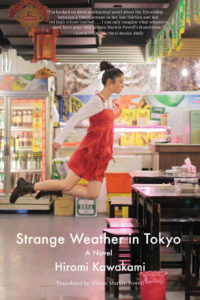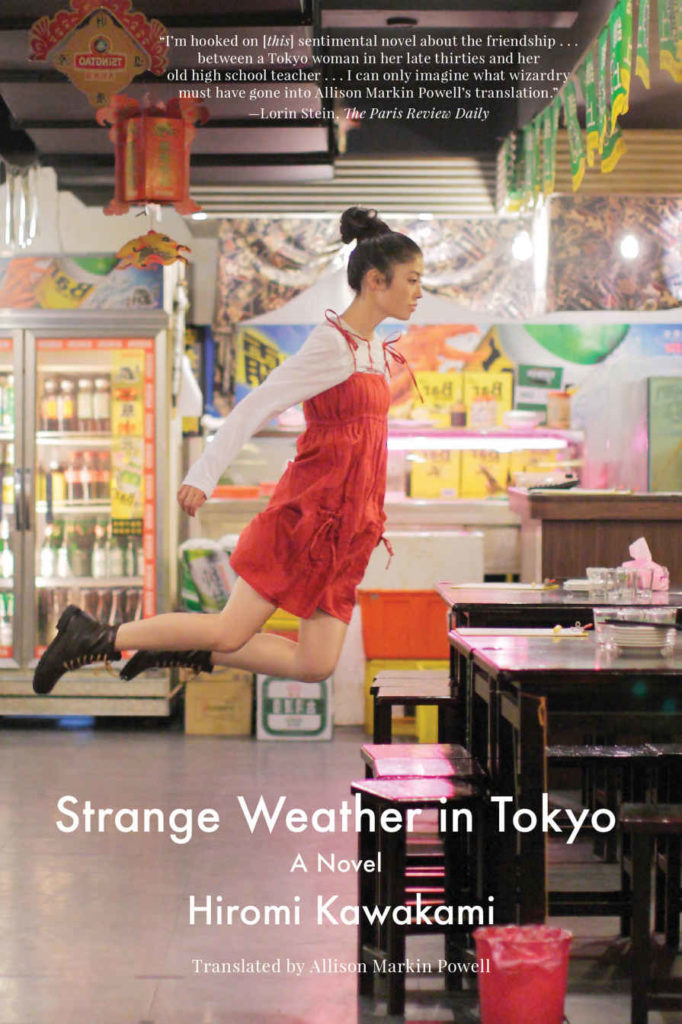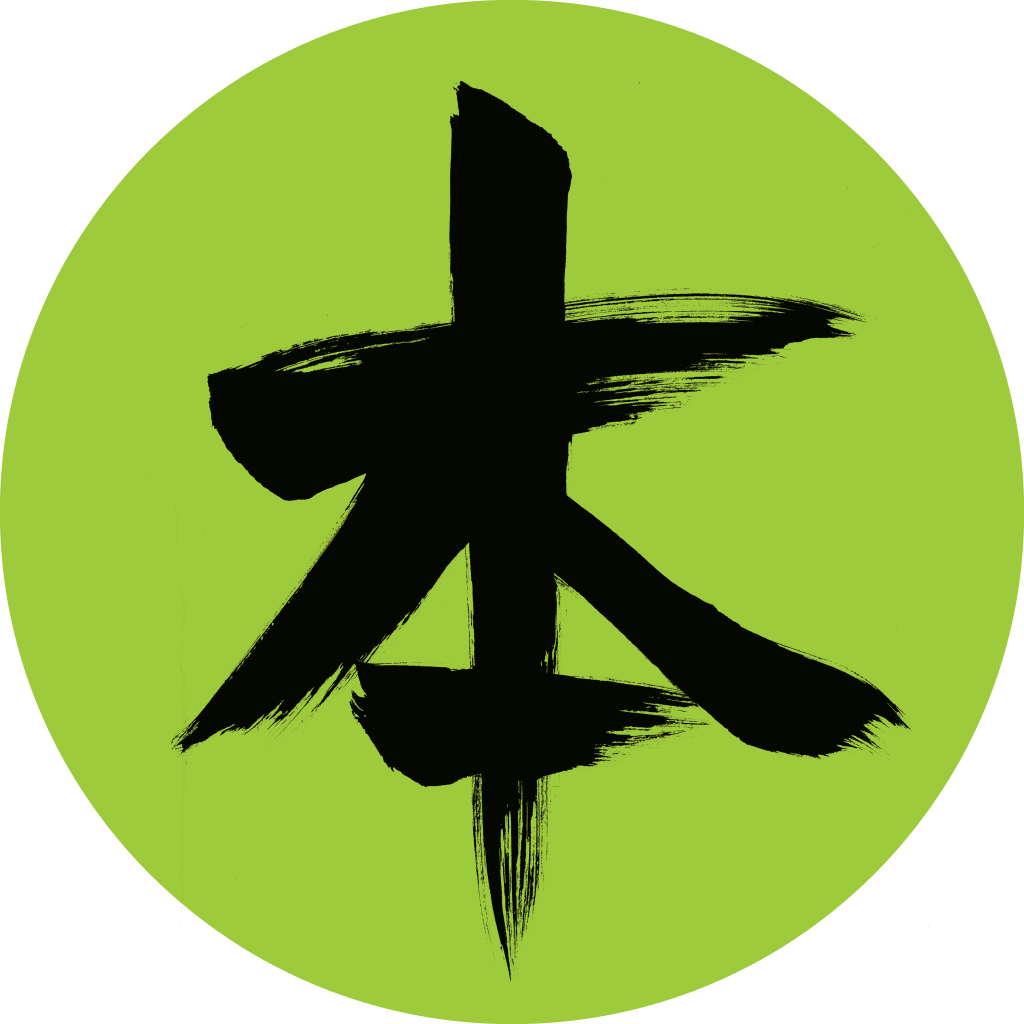Spiri traveled all over Japan interviewing people about their typical day of work
Category: Blog
Review—Things Remembered and Things Forgotten
Translation Excerpt—Hayashi Fumiko’s “The Tryst”
About the Author Born in 1903, Hayashi Fumiko’s first notable literary work was Hōrōki (“Diary of a Vagabond”), an autobiographical novel describing her life of extreme poverty. Many of her stories focus on urban working-class life, a genre sometimes referred to as proletarian literature. Some important topics touched upon in her stories are free will, More…
Review—How Human is Human?: The View from Robotics Research
The Other Ishiguro Review by Cody Poulton Last month in Books on Asia I reviewed Klara and the Sun and contrasted Kazuo Ishiguro with another author with the same surname. Well, here’s a book by the other Ishiguro, Hiroshi, who happens to make robots—and not just imagine them. Ishiguro Hiroshi is probably the most famous More…
What We’re Reading—Things Remembered and Things Forgotten
This is a delightful book of short stories from Kyoko Nakajima, author of The Little House, and winner of the Naoki Prize. I’m half-way through Things Remembered and Things Forgotten, (transl. Ginny Tapley Takemori) but my favorite story so far is “The Life Story of a Sewing Machine,” which describes the model number 100-30 machine, More…
E-Book Deal—Strange Weather in Tokyo, by Hiromi Kawakami


Shortlisted for the 2013 Man Asian Literary Prize, “Strange Weather in Tokyo” is a story of loneliness and love that defies age.
Support BOA by ordering Strange Weather in Tokyo through these links:
Amazon U.S.
Barnes & Noble U.S.
Apple Books U.S.
Amazon Japan
Thanks for helping support Books on Asia!
Limited time only deal for US$1.99 (on Amazon Kindle, Barnes & Noble Nook, Apple Books) See Where to Buy links to the left. Shortlisted for the 2013 Man Asian Literary Prize, Strange Weather in Tokyo is a story of loneliness and love that defies age. Book Description: Tsukiko is in her late 30s and living More…
E-Book Deal—The Hundred Secret Senses, by Amy Tan

Limited time only Amazon Kindle deal for US$1.99 (Amazon US, Canada) or 150 yen (Amazon Japan) Book Description The Hundred Secret Senses is an exultant novel about China and America, love and loyalty, the identities we invent and the true selves we discover along the way. Olivia Laguni is half-Chinese, but typically American in her More…
Review—Yamamba: In Search of the Japanese Mountain Witch
(Stone Bridge Press, June 22, 2021) Review by Jann Williams Over two-thirds of Japan is covered with forested mountains. Traditionally these are sacred places, viewed as dwelling places of the dead and ancestral spirits, and as a liminal space between this world and the other world. Yama, the Japanese word for ‘mountain,’ is reflected in More…
Review—Noh as Living Art: Inside Japan’s Oldest Theatrical Tradition
Review by Cody Poulton This slim volume, at just over 100 pages, is a primer to noh, Japan’s classic performance art. First appearing in Japanese, the text was translated by Kawamoto Nozomu, who was raised in the United States and currently trains with the author in noh utai singing. The work was published by Japan More…
Excerpt—The Cat With Three Passports
By CJ Fentiman From Chapter 3: A Cat’s Resentment (toward those who help it) (猫の逆恨み / Neko No Sakaurami) I’d had kittens before, but none with such a destructive nature. Finally, I decided it was time to take him to the vets and get some advice. Maybe there was something physically wrong with him that More…








